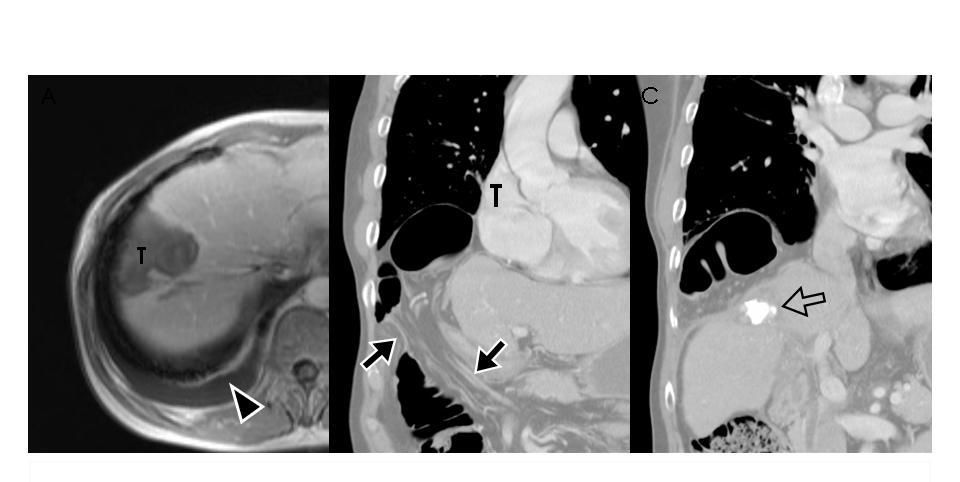Serious long-term side effects dog hepatopancreatic HIFU
Though generally deemed safe, high-intensity focused-ultrasound ablation of liver and pancreas cancers can lead to delayed complications. According to Korean researchers, practitioners should be aware of-and watch closely for-local and systemic post-HIFU side effects several years down the road.
Though generally deemed safe, high-intensity focused-ultrasound ablation of liver and pancreas cancers can lead to delayed complications. According to Korean researchers, practitioners should be aware of-and watch closely for-local and systemic post-HIFU side effects several years down the road.
“It is essential to have awareness of the possible, and especially delayed, complications after HIFU and their imaging features for avoiding a more serious situation,” said principal investigator Dr. Seung-Eun Jung, a professor of radiology at the Catholic University of Korea.
“If a possible complication develops during HIFU, the procedure must be stopped immediately,” said Jung in an interview with Diagnostic Imaging.
Jung and colleagues at the university’s St. Mary’s Hospital in Seoul evaluated local and systemic complications from HIFU in patients with hepatic and pancreatic cancer. One hundred fourteen consecutive patients with hepatocellular carcinoma (n = 57), pancreatic cancer (n = 35), and liver metastases (n = 22) were enrolled from January 2006 through December 2008. Researchers monitored patients’ vital signs, hepatorenal function, skin burns, local reactions, and overall systemic effects before, during, and after HIFU. All patients underwent MR imaging before and two weeks after ablation. Those with delayed complications on follow-up underwent CT and additional MRI scanning.

The investigators found that, though fairly common, a number of HIFU complications may not become apparent until about a month after the procedure while some may take up to three years to show up. Jung released her group’s findings at the 2009 RSNA meeting.
All patients had skin redness, edema, and pain in the treatment area while two of them suffered third-degree degree burns. All patients with liver tumors developed rib necrosis at the intersection of the ultrasound beam path; the condition did not require further treatment. One patient had a pneumothorax linked to the artificial pleural effusions done in 53 patients to create a sonographic window for optimal liver mass ablation. Another had a spontaneous periprocedural pleural effusion requiring drainage. Another patient developed a biliary obstruction and died.
All pancreatic cancer patients developed vertebral body necrosis due to unwanted deep penetration; 10 of them suffered subcutaneous fat necrosis of the anterior abdominal wall; and two developed fistulas between the tumor and duodenum.
Extremely delayed HIFU-related complications appeared only in patients with liver tumors. Investigators caught a fistula between an abscess of the abdominal wall and the ablated tumor in one patient at four-week follow-up. They also found a diaphragmatic rupture in one patient and rib fractures in another at, respectively, 24- and 32-months follow-up.
Most operators are careful during HIFU and the immediate complication rate remains low and usually manageable. However, major complications, which had not been reported until now, can be expected two or even three years after the procedure, Jung said.
“Most complications are developed mainly around the targeted lesions or along the ultrasound path and are closely associated with ultrasound bioeffects,” she said.
MRI Study Suggests Shape of White Matter Hyperintensities May Be Predictive of Cognitive Decline
April 7th 2025Emerging research demonstrated that cognitive declines in memory, executive function and processing speed domains were associated with irregular shape of periventricular/confluent white matter hyperintensities.